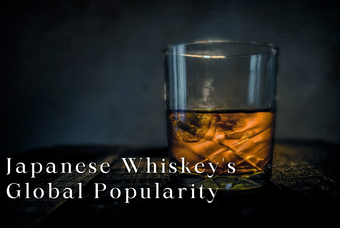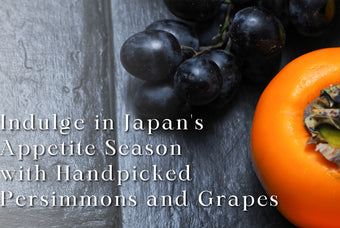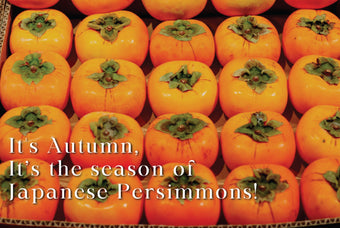【Story】Japanese Sake vs.Shochu

Japanese Sake vs.Shochu 🍶🌾
Many people know the difference between Whiskey and Wine.
However when it comes to Japanese Sake (日本酒) and Shochu (焼酎), there’re still a lot of unknown facts of their differences.
Here’s major difference between Japanese Sake (日本酒) and Shochu (焼酎)!
💡Ingredients
While rice is the primary ingredient in Japanese sake, the ingredients of shochu vary from type to type. There're shochu whose main ingredient is sugar cane, grains such as sweet potatoes, barley, and brown sugar.
Imo shochu (Sweet potato shochu) is made from sweet potatoes, and Mugi shochu (Barley shochu) is made from barley.
Rice can also be used to make shochu, but the polishing ratio for rice shochu is usually 85-90%.
For example, Daiginjo sake is made with less than 50% polished rice, and some sake is made with more than half polished rice.
💡How it's made
Japanese Sake
Japanese sake is classified as a brewed liquor. Brewing is a production method that uses yeast to ferment raw materials into alcohol.
In the case of wine, which is made from grapes and contains a lot of sugar, the alcohol fermentation process can be carried out directly as long as yeast is available, but in the case of rice, which is the raw material for Japanese sake, the starch in the rice must first be saccharified.
Shochu
Shochu is classified as a distilled liquor. Distilled liquor is made by heating brewed liquor, collecting the evaporated alcohol, and liquefying it again.
Since alcohol evaporates at a lower temperature, when brewed liquor is heated, the alcohol begins to evaporate first. By collecting the evaporated alcohol, a liquor with a higher alcohol content can be produced.
💡Alcohol content
Japanese sake usually has an alcohol content of 15 to 16 degrees, while shochu has an alcohol content of about 25 degrees.
As Shochu is made by distillation, its alcohol content is stronger than that of Japanese sake which is a brewed liquor.
💡Expiration date
Japanese Sake
Like shochu, Japanese Sake does not have an expiration date because the sterilizing effect of alcohol prevents it from corroding quickly and allows it to be stored for a long time.
However, once the bottle is opened, the taste begins to deteriorate; after a few days, there is not much change in the taste, but after a week or so, it may seem like a different kind of sake.
Especially for unpasteurized sake (生酒), it is best to drink it while it is still fresh.
Shochu
As bacteria cannot be active when the alcohol is over 10 degrees, there is no expiration date for shochu.
However, as when shochu deteriorates, it may turn a little yellowish in color. The discoloration is mainly caused by a combination of factors of light, time, and temperature so avoid high temperatures and high humidity, store it in a place where it will not be exposed to sunlight, and drink it sooner is always better!
💡How to enjoy
Japanese Sake
Japanese sake is usually enjoyed on the rocks at different temperatures, such as room temperature, cold, or warmed.
The term "Cold Sale" changes in units of 5 degrees: 0 degrees is called "Mizore"(みぞれ), 5 degrees is "Yuki Bie"(雪冷え), 10 degrees is "Suzu Bie"(花冷え), and 15 degrees is "Ryo Bie"(涼冷え).
Thus, one of the best ways to enjoy sake is to find your own preferred temperature on top of the favorite brand.
Shochu
As Shochu has a strong alcohol content of about 25 degrees, it is usually drunk on the rocks if you want to enjoy the flavor of the shochu itself, or with hot water if you want to enjoy the scent of the ingredients coming out of the steam.
It's also popular to add soda water or juice to make it easier to drink.
Depending on the season and your condition at the time, you can find your own way of drinking.



![[Restock] Negitoro and Award-winning Soy Sauce](http://jx.today/cdn/shop/articles/negitoro-mb_340x228_crop_center.jpg?v=1696387775)


![[New] Oyaki - Mountain Veggie Dough Delights from Nagano Prefecture](http://jx.today/cdn/shop/articles/oyaki-text_340x228_crop_center.jpg?v=1695757170)

